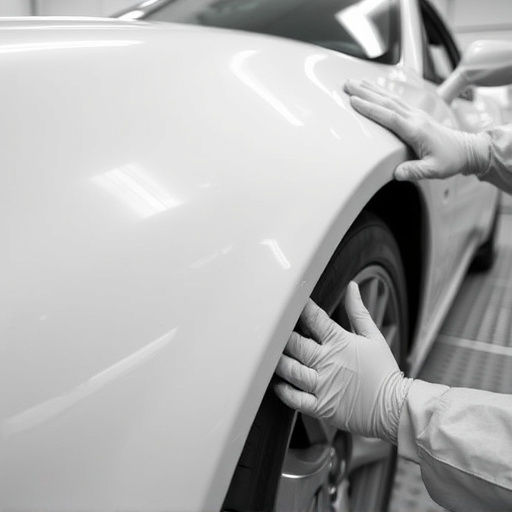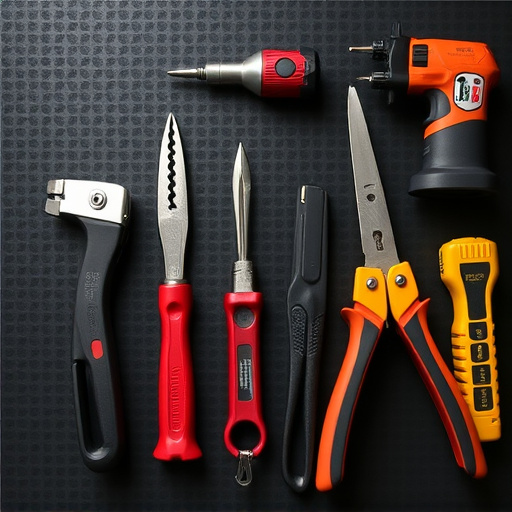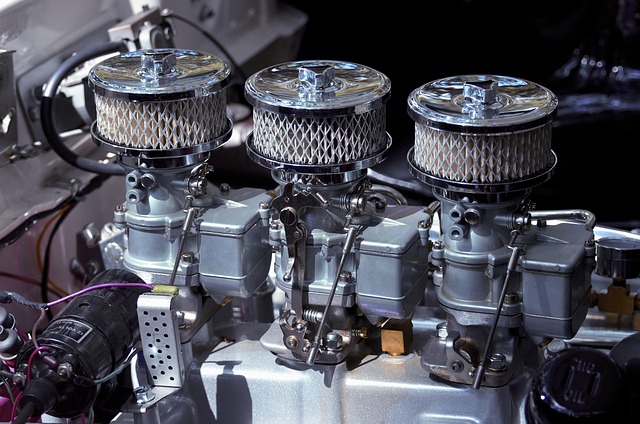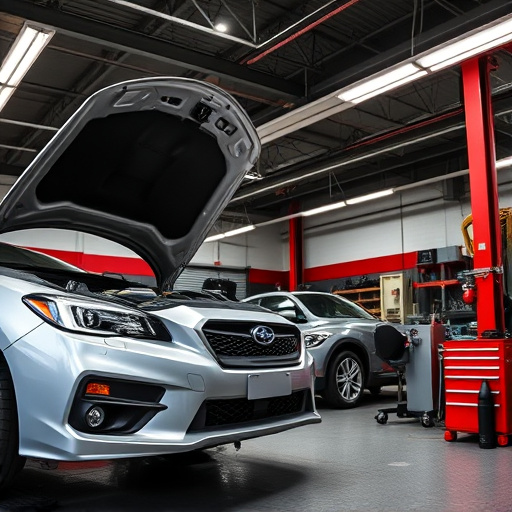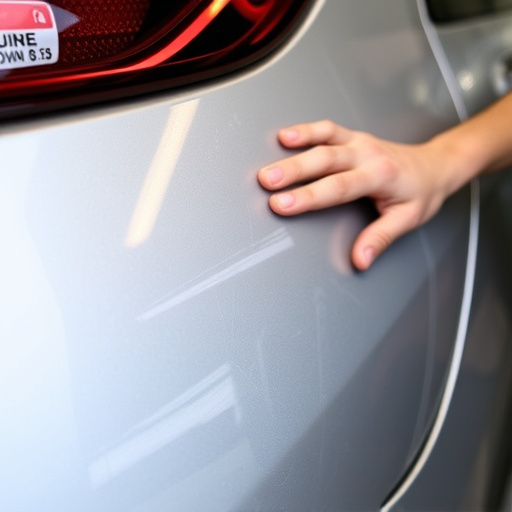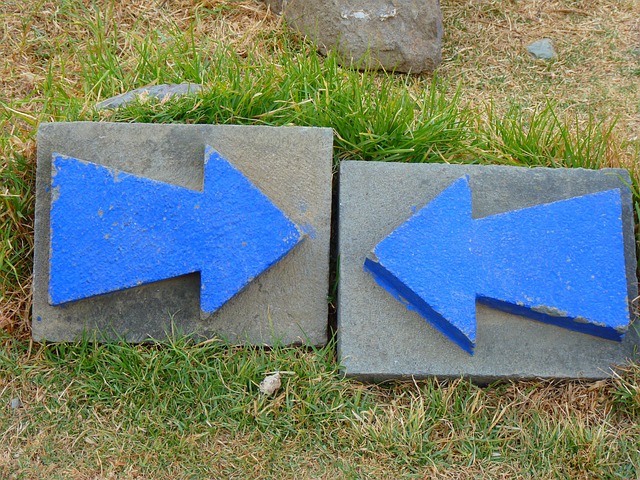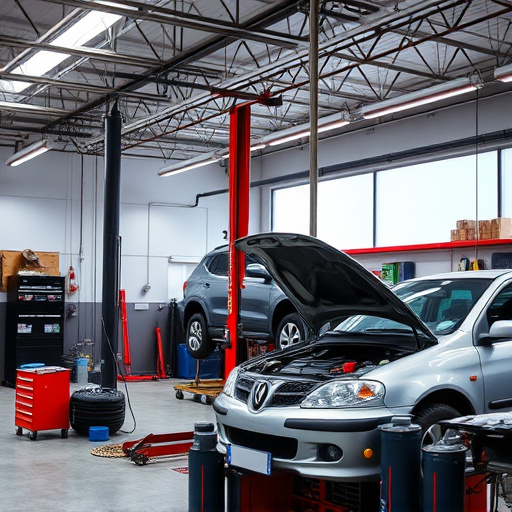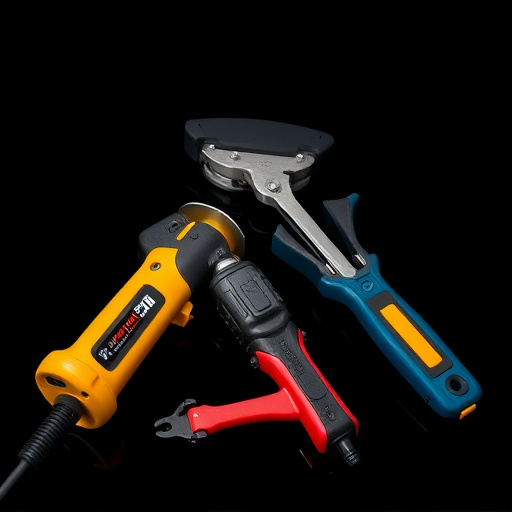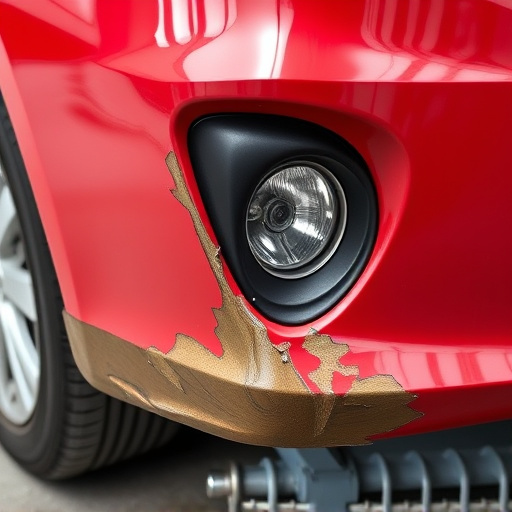Preparing the surface is crucial for tri-coat paint repair, involving careful sanding and deep cleaning to eliminate debris and contaminants. Applying primer creates a smooth base that enhances adhesion and protects against fading or chipping. Tri-coat method uses three layers: base coat, intermediate coat, and top coat, providing depth, durability, and UV protection.
“Discover the art of transforming your surface with high-quality tri-coat paint repair. This comprehensive guide breaks down the meticulous process, starting with preparation—sanding and cleaning for a flawless base. Next, learn how applying a primer acts as a canvas protector and color enhancer. Finally, explore the multi-layer coating technique to achieve depth, durability, and a vibrant finish. Master these steps for exceptional tri-coat paint repair results.”
- Prepare Surface: Sanding and Cleaning for Perfection
- Apply Primer: Setting the Stage for Color
- Multi-Layer Coating: Achieving Depth and Durability
Prepare Surface: Sanding and Cleaning for Perfection
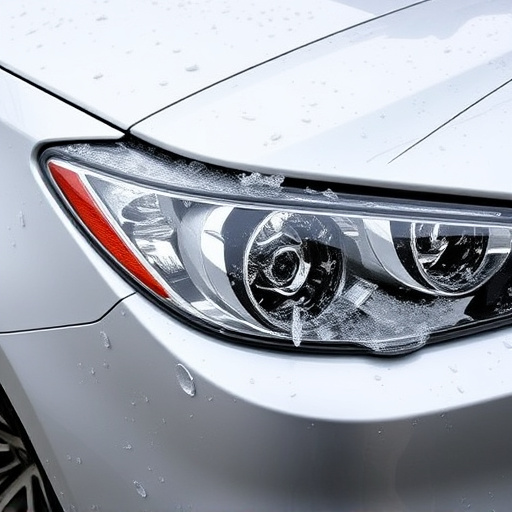
Before applying any paint, ensuring the surface is prepared correctly is paramount for achieving a high-quality tri-coat paint repair. This involves meticulous sanding and cleaning to remove any debris, old paint, or imperfections from the car body shop. Start by lightly sanding the damaged area with a fine-grit sandpaper, gradually increasing the grit as needed to smooth out irregularities.
Next, thoroughly clean the surface using a degreaser or specialized cleaner to eliminate oil, grease, and dirt. Rinse with water and ensure all residue is removed before proceeding to the next step in the process. This meticulous preparation ensures that the new tri-coat paint adheres perfectly, resulting in a durable and aesthetically pleasing finish in the collision repair shop.
Apply Primer: Setting the Stage for Color
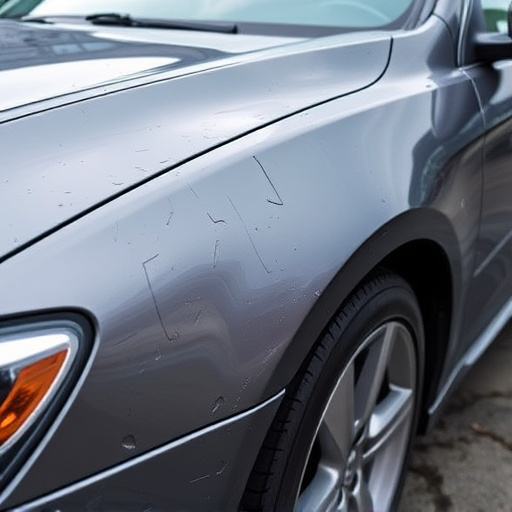
Applying primer is a crucial step in tri-coat paint repair, as it prepares the surface for the subsequent color coats. This essential layer acts as a bond between the repaired car bodywork and the new paint, ensuring long-lasting durability. By using a high-quality primer specifically formulated for collision repair services, you create a smooth base that hides any imperfections from the damaged area, setting the stage for a seamless finish.
The process involves thoroughly cleaning the repaired vehicle body and applying the primer evenly across the entire surface. This step is vital as it not only enhances adhesion but also provides insulation, protecting the fresh paint job from premature fading or chipping. In terms of tri-coat paint repair, getting this foundation right ensures that the final color coat looks uniform, reflects light beautifully, and protects the vehicle’s body like a durable shield.
Multi-Layer Coating: Achieving Depth and Durability
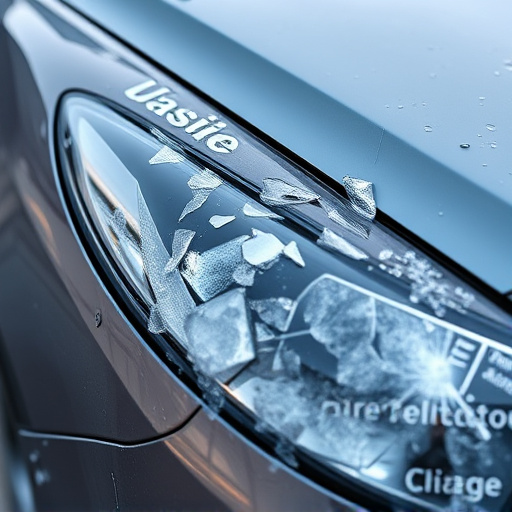
In tri-coat paint repair, understanding the concept of multi-layer coating is paramount for achieving both depth and durability. The process involves carefully applying three distinct coats of paint, each serving a specific purpose. The base coat forms the foundation, providing color and initial protection. Subsequently, an intermediate coat is applied to enhance the color’s vibrancy and add depth, creating a rich, dimensional finish. Finally, a top coat seals the entire surface, offering exceptional durability against chips, scratches, and fading—a significant advantage over traditional single-coat applications.
This multi-layer approach not only enhances the aesthetic appeal of vehicle paint repair but also ensures longevity. The layering technique allows for better adherence between coats, minimizing bubbles or cracks that could compromise the final look. Moreover, it provides a robust defense against environmental factors, such as UV radiation and harsh weather conditions, which are common in tire services and collision repair services.
High-quality tri-coat paint repair involves a meticulous process that begins with surface preparation, continues through strategic primer application, and culminates in multi-layer coating for exceptional depth and durability. By adhering to these steps, you can achieve a flawless finish that not only restores but enhances the original aesthetic of your project, ensuring long-lasting protection against wear and tear. Master these techniques, and you’ll be well-equipped to handle even the most demanding tri-coat paint repair tasks.
